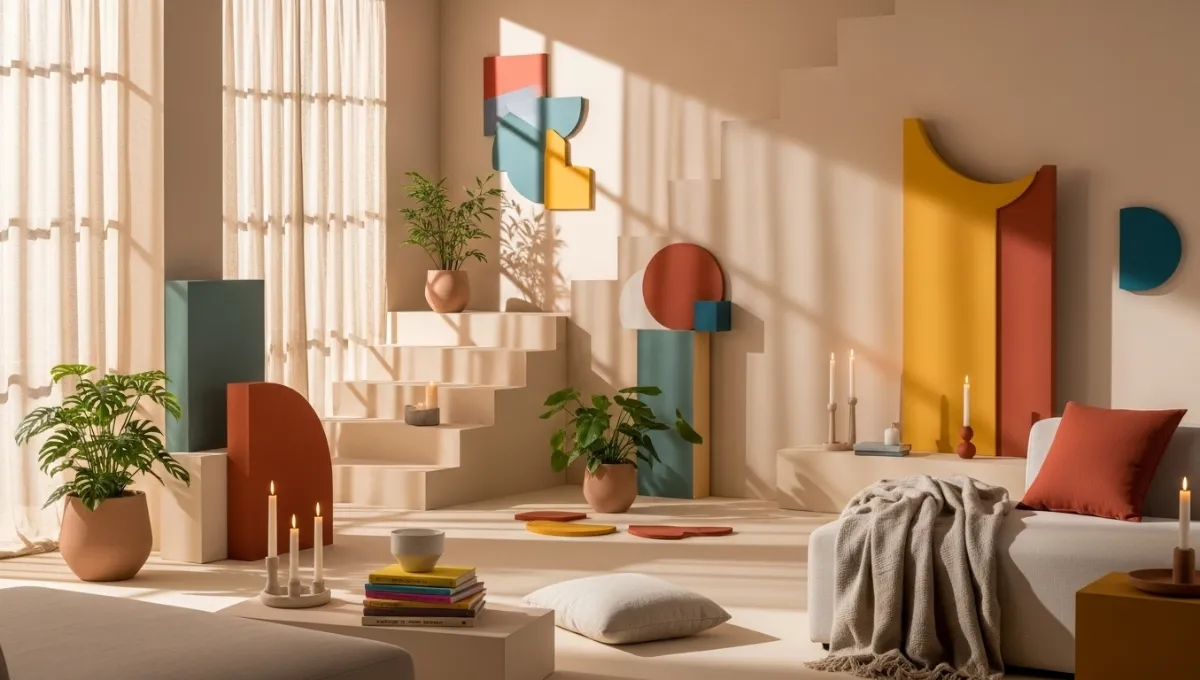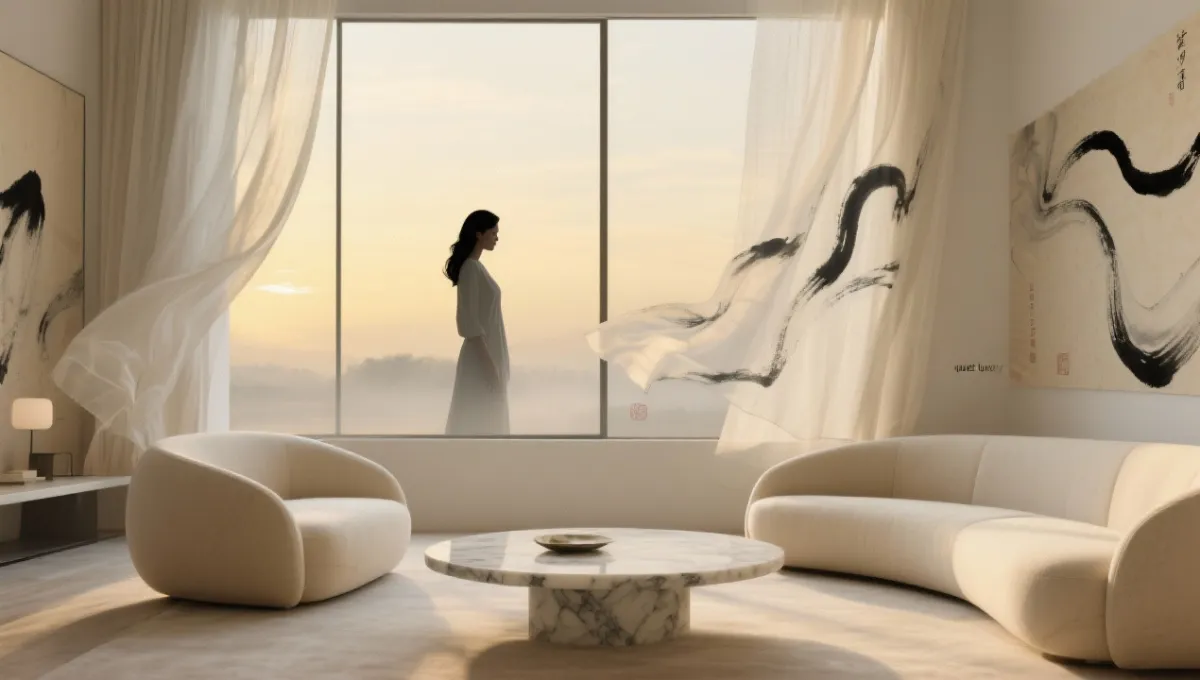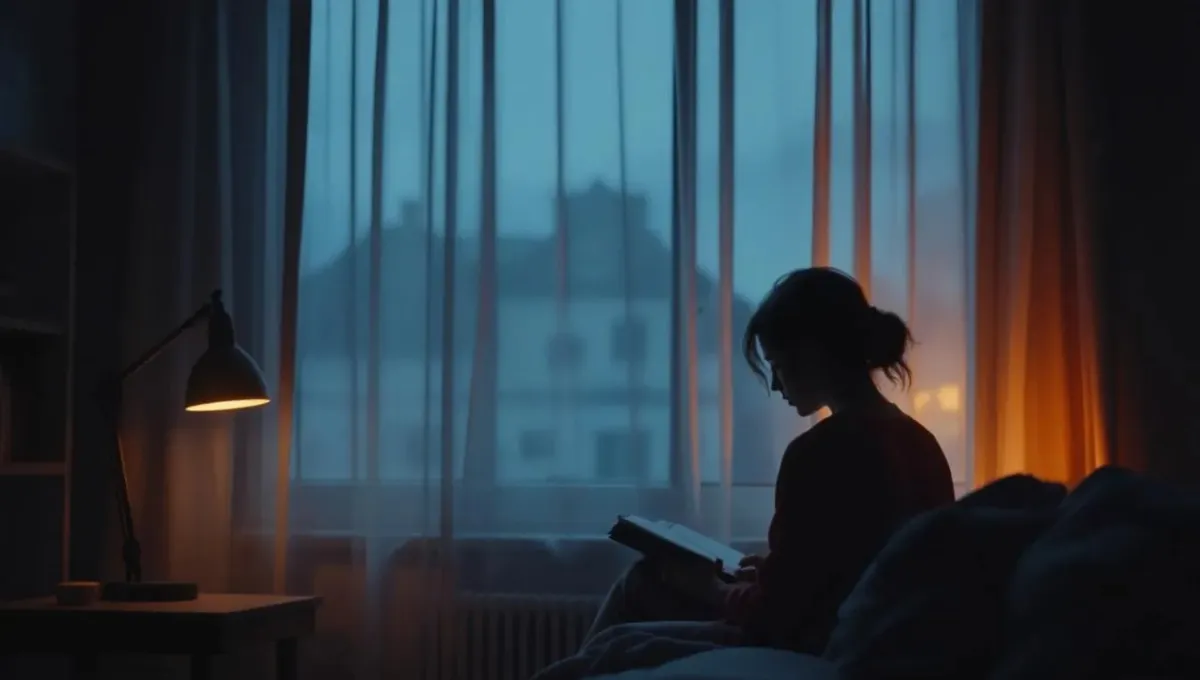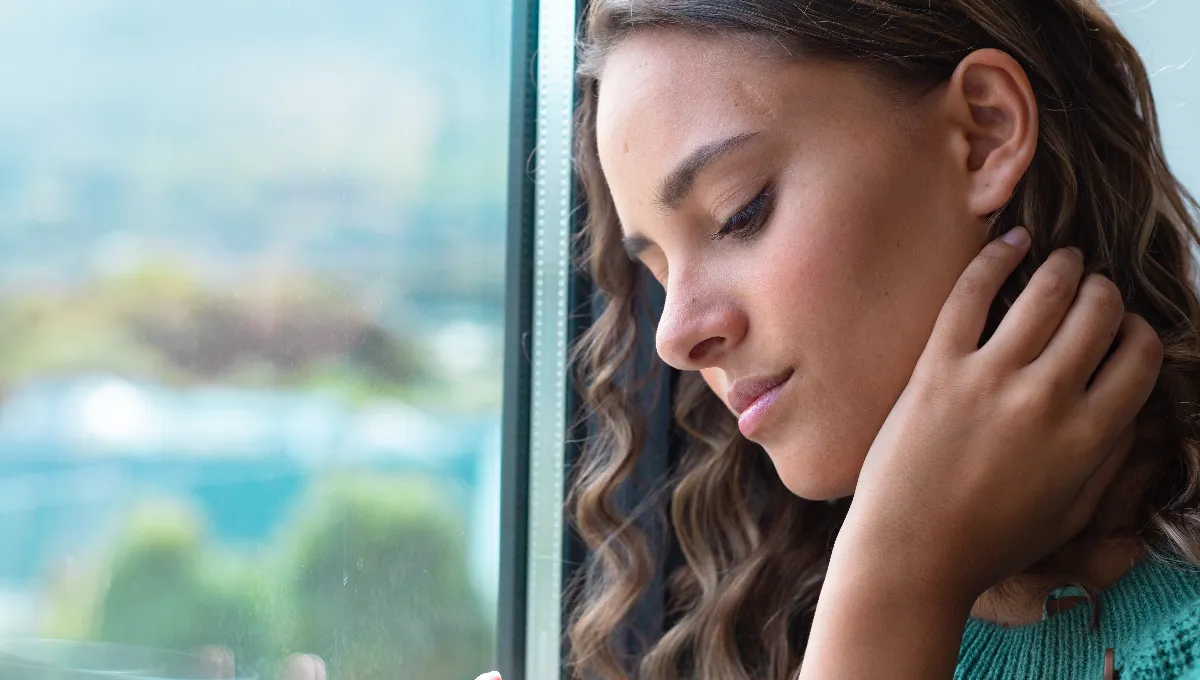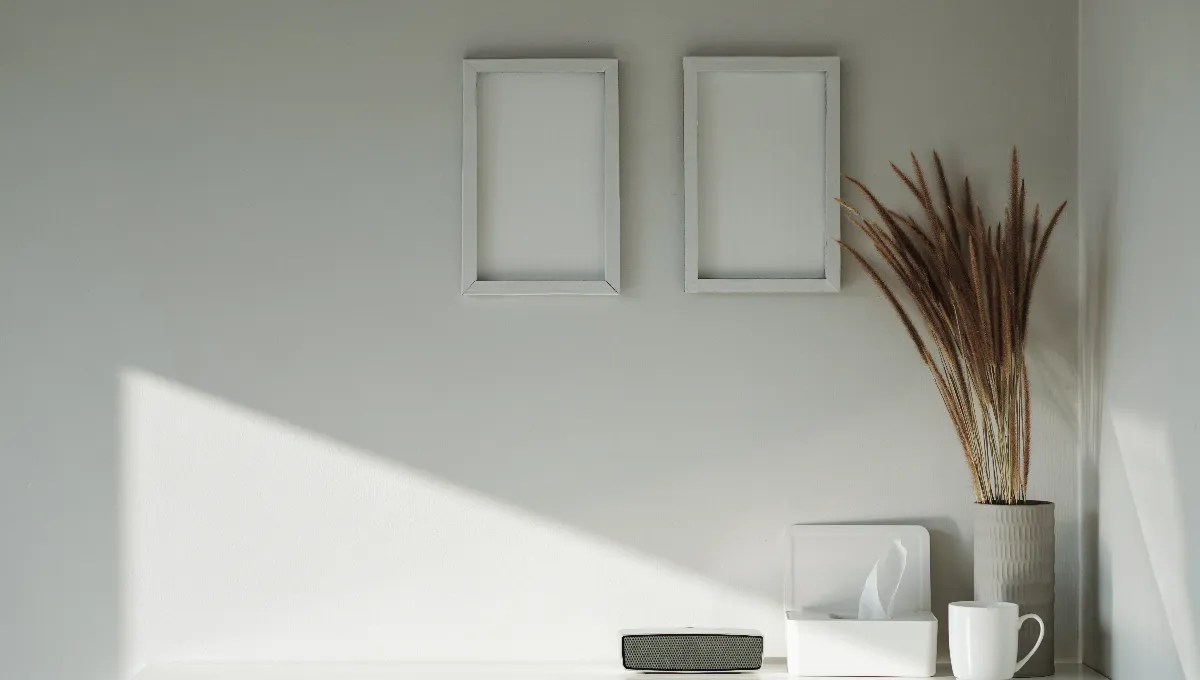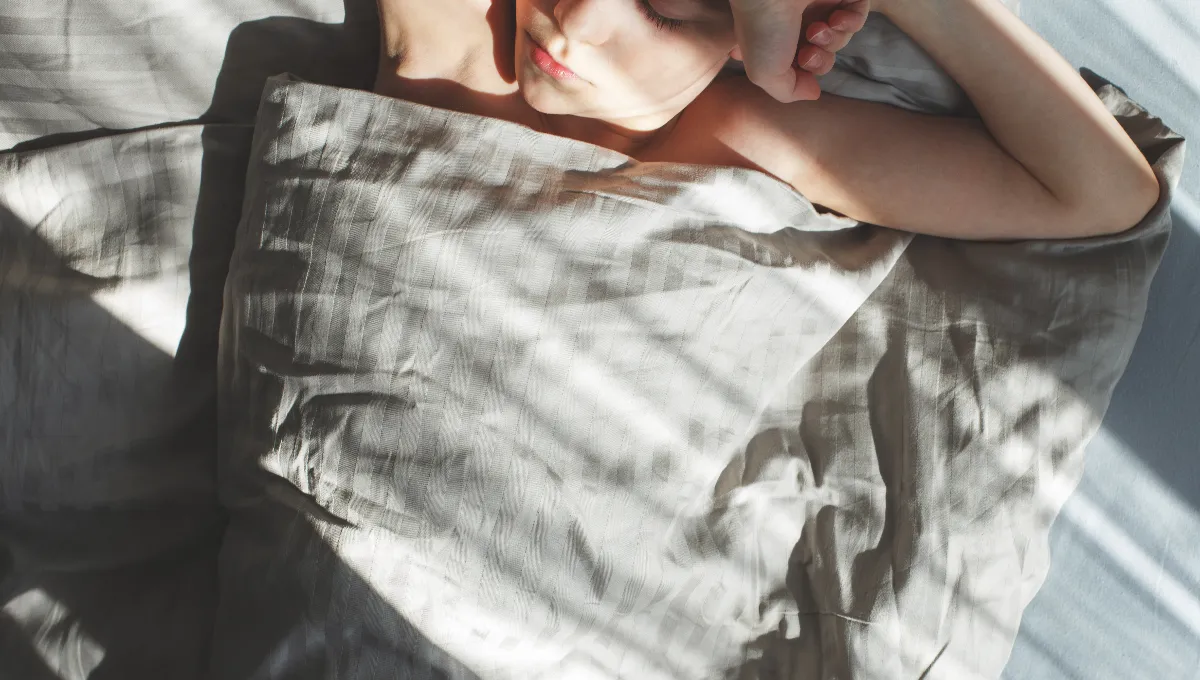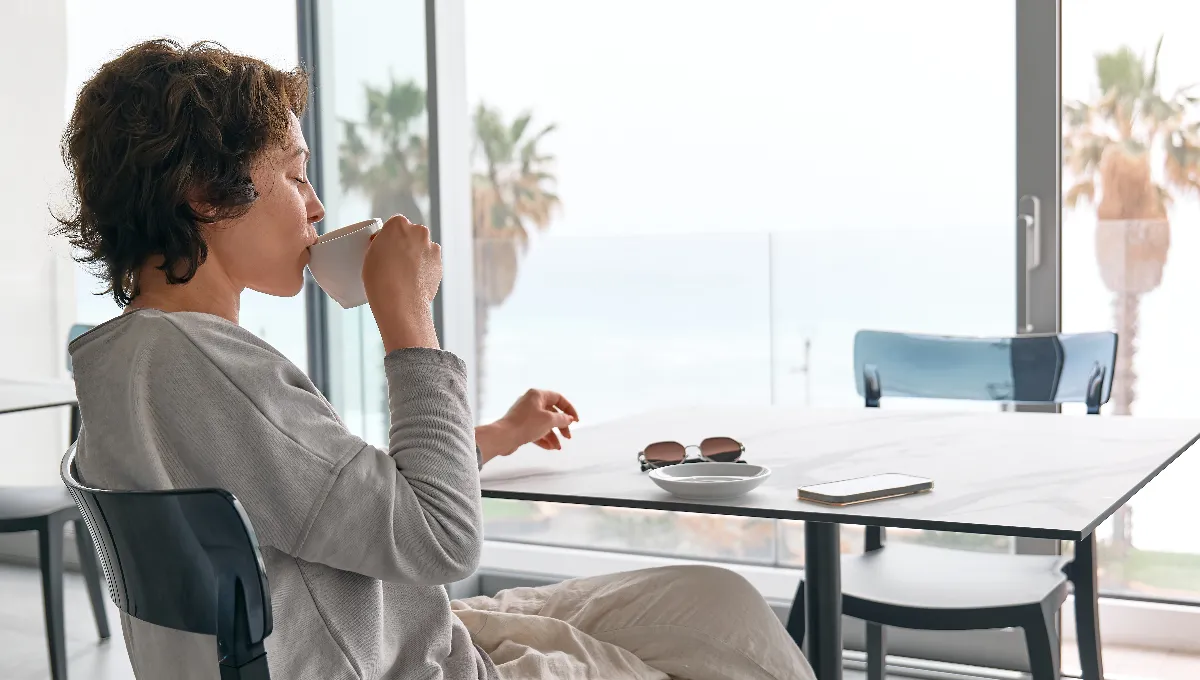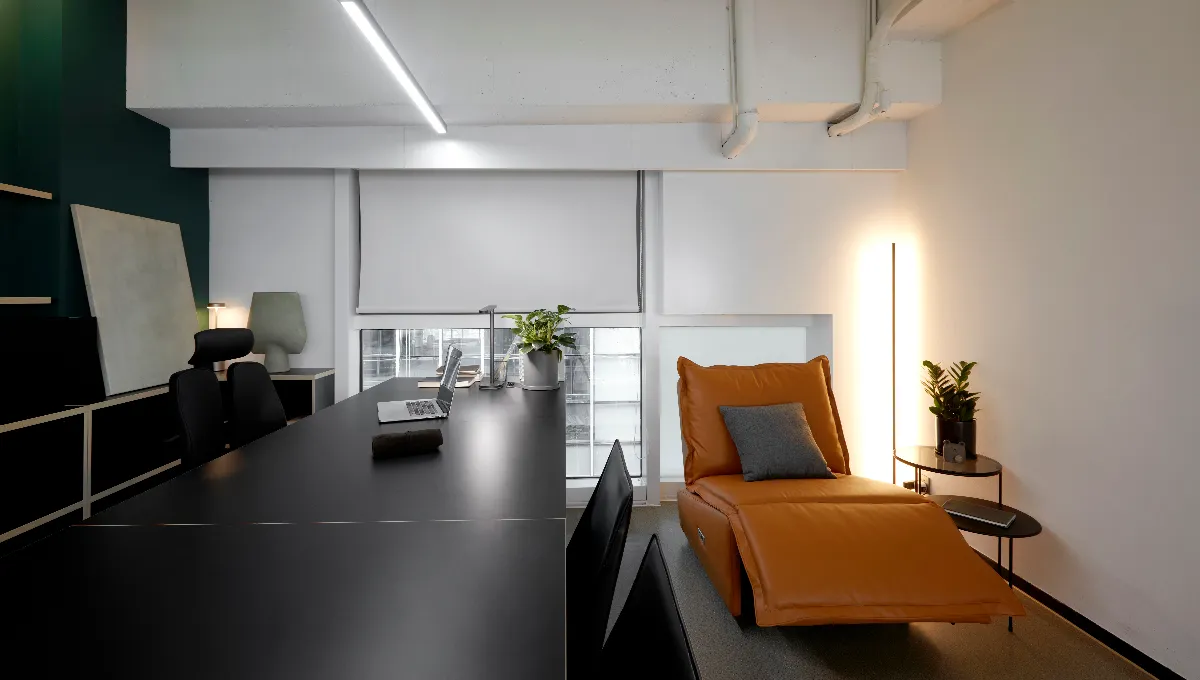The world is loud. Soft minimalism whispers.
For years, minimalism meant cold, white walls, empty rooms, and the constant pursuit of perfection. It was about less — but sometimes, it felt like too much less.
In 2025, a softer, warmer version has emerged. Soft minimalism isn’t just a design trend — it’s a response to burnout, clutter, and the emotional noise of modern life.
This new form of minimalism doesn’t reject comfort; it embraces it. It’s about balance, texture, and emotional connection — creating spaces that calm the mind, not just please the eye.
The Shift From Perfection to Presence
Traditional minimalism was about control — empty countertops, strict palettes, and an aesthetic that left little room for personality.
Soft minimalism changes that. It asks: What if your home could breathe with you?
The philosophy is simple:
Keep what you love. Remove what you don’t.
And let what remains tell your story.
Every object in a soft minimalist home has meaning — a ceramic mug that fits perfectly in your hands, a linen throw that feels like comfort, a wooden table marked by years of use.
The space doesn’t try to impress you. It welcomes you.
The Emotional Side of Design
Soft minimalism isn’t about owning less; it’s about feeling more.
It invites emotion back into the room — through touch, light, and memory.
Think of the soft sunlight that moves across a neutral wall in the morning.
The quiet hum of a record player instead of another notification.
The stillness that comes from knowing you have enough.
These aren’t design details. They’re emotional cues that tell your nervous system: you’re safe here.
As interior designer Clara Noyes explains,
“We used to design to show off. Now, we design to recover.”
The Aesthetic of Warmth
The color palette of soft minimalism leans toward warm whites, sand beige, greige, soft clay, and muted taupe.
It moves away from stark black-and-white contrast and welcomes the calm tones of nature — linen, oak, terracotta, cotton, wool.
Furniture is low, tactile, and human-scaled.
You’ll find curved lines instead of sharp edges, natural light instead of overhead glare, and quiet layers of texture that make a space feel alive.
If traditional minimalism was about removing,
soft minimalism is about revealing — revealing comfort, honesty, and a sense of ease.
Why It’s Spreading Everywhere
This movement isn’t just visual. It’s cultural.
After years of digital overload and fast consumption, people are craving something slower — not just in their homes, but in their lives.
Soft minimalism is part of a broader slow living revolution, one that values peace, not performance.
On Pinterest, searches for “cozy minimalism” and “soft neutral home” have grown by more than 400% in 2025.
TikTok’s “quiet luxury” trend echoes the same sentiment — elegance without excess.
Even luxury brands are shifting, favoring raw materials, honest craftsmanship, and timeless design over flashy abundance.
It’s not about how much you have.
It’s about how much space you have to breathe.
Living Softly: How to Bring It Home
You don’t need to redesign your home to embrace soft minimalism.
You just need to slow down your choices.
-
Start with light. Open the curtains before checking your phone. Let the morning enter first.
-
Edit your space gently. Don’t declutter aggressively; remove one thing that doesn’t bring calm.
-
Add natural materials. A wooden tray, a linen napkin, a handmade vase — small tactile moments that ground you.
-
Choose warm over white. Swap sterile tones for softer ones.
-
Create space for silence. Turn off screens during your morning coffee. Listen to the sound of your own breathing instead.
This isn’t interior design; it’s inner design.
The New Luxury: Peace
Luxury used to mean marble countertops and designer logos.
Now, it means waking up without anxiety.
Soft minimalism captures the essence of modern wellbeing — spaces that look beautiful because they feel right.
It’s about warmth, air, balance, and belonging.
The home becomes a mirror of your emotional landscape — not a showroom for others, but a refuge for yourself.
In the age of overstimulation, peace has become the ultimate privilege.
And soft minimalism is how we build it.
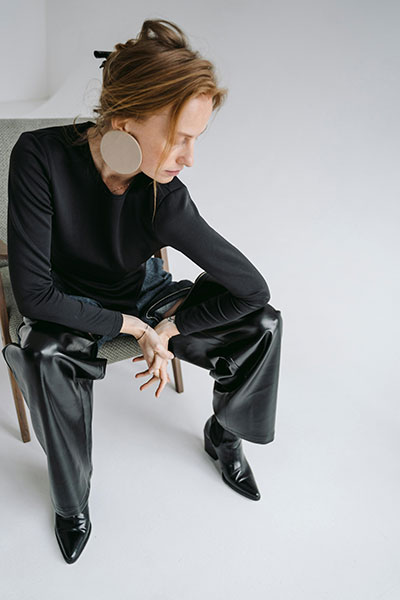
Grace Whitmore is a beauty and lifestyle editor at Nestification, exploring the intersection of modern femininity, quiet luxury, and emotional design. Her work focuses on how aesthetics, mindfulness, and self-expression shape today’s idea of calm confidence — where beauty becomes a state of mind.
Based in New York · [email protected]

